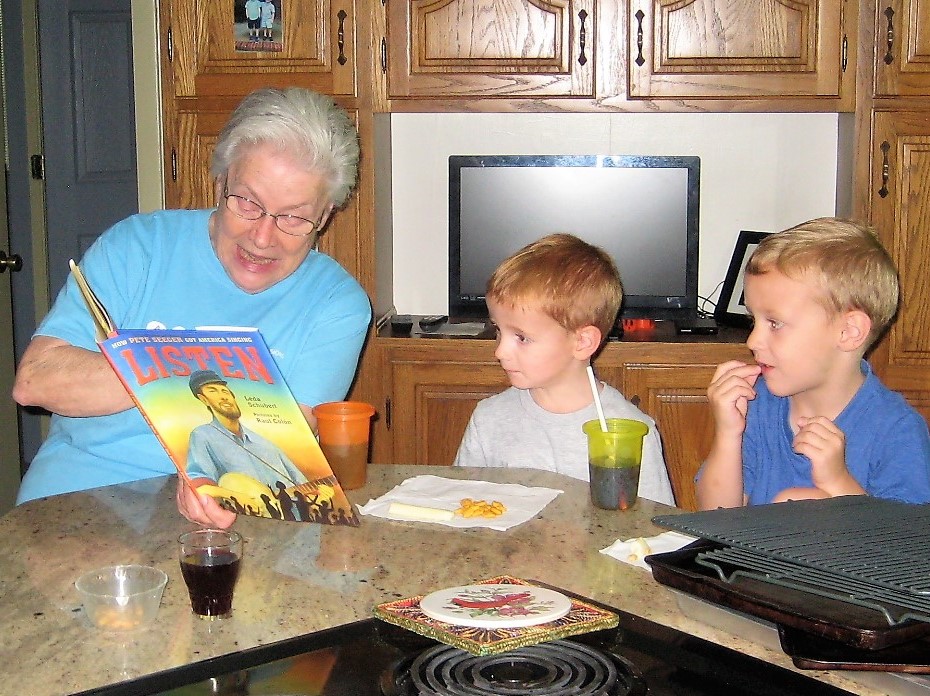 Is life conspiring to tell me something about death? Our recent two-week trip to see national parks out west began with a visit to a long-time friend who had recently lost her husband. While on the trip, we received three notices of deaths among friends or their families. Shortly after we arrived at home, we learned that one of Al’s classmates had died.
Is life conspiring to tell me something about death? Our recent two-week trip to see national parks out west began with a visit to a long-time friend who had recently lost her husband. While on the trip, we received three notices of deaths among friends or their families. Shortly after we arrived at home, we learned that one of Al’s classmates had died.
As if this wasn’t enough to get my attention, I opened my most recent Poets and Writers magazine to find an article “The Art of Death: Writing the Final Story” by Edwidge Danticat taken from her book by the same name. In the article, she focuses on her own mother’s death. She brings up the possibility of writing one’s own eulogy while one is healthy and death is still an abstraction and suggests that writing or talking about one’s death makes one an active participant in one’s own life.
In her take, Death is not always the enemy, nor was it the adversary in all the messages we received. Sorrow was a presence in all of them sandwiched as they were before, during, and after our trip, but some were also merciful releases from pain and suffering. I didn’t apply any of these deaths to myself, however, until I read the article.
Obviously, if you’ve been paying attention, you’ve noticed that I write a variety of things. However, my eulogy is not going to be one of them. As I’ve mulled this over, I’ve come up with a plan which I will suggest for your consideration if should you outlive me – not that I expect this to happen any time soon. Skip the eulogy, and throw a party. Discuss a few books we’ve shared. Talk about the good times we had together. Laugh at my human frailties, applying forgiveness where needed.
Edwidge closes her article with a Haitian expression that means “over the water” and can mean someone has traveled abroad or has died. If I’m where I expect to be once this life has ended, I’ll look down from over the water and enjoy the celebration.



































